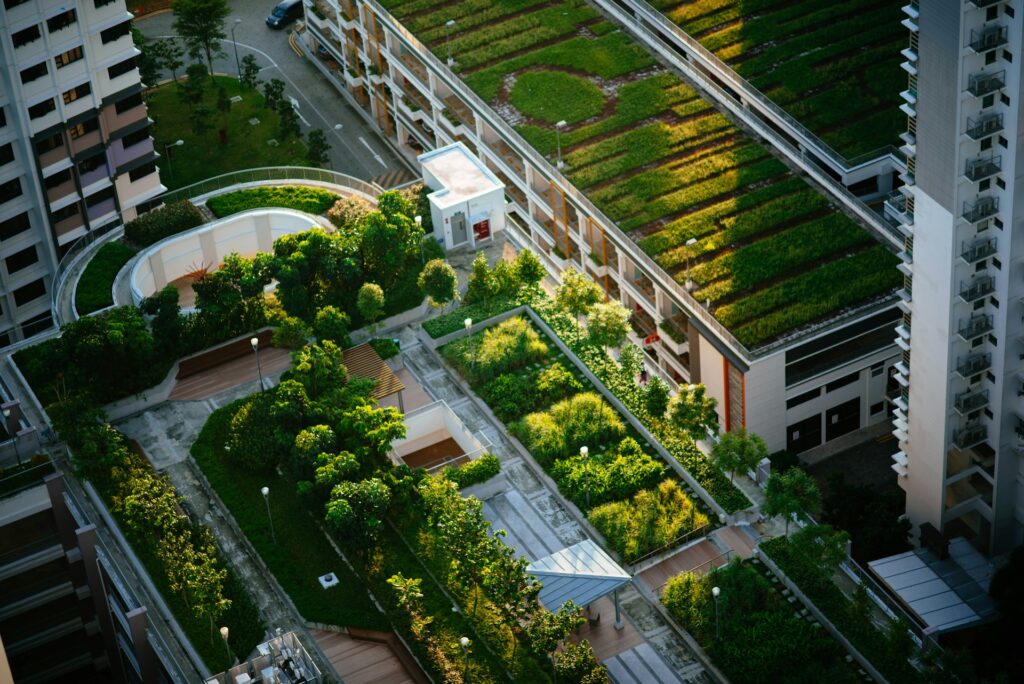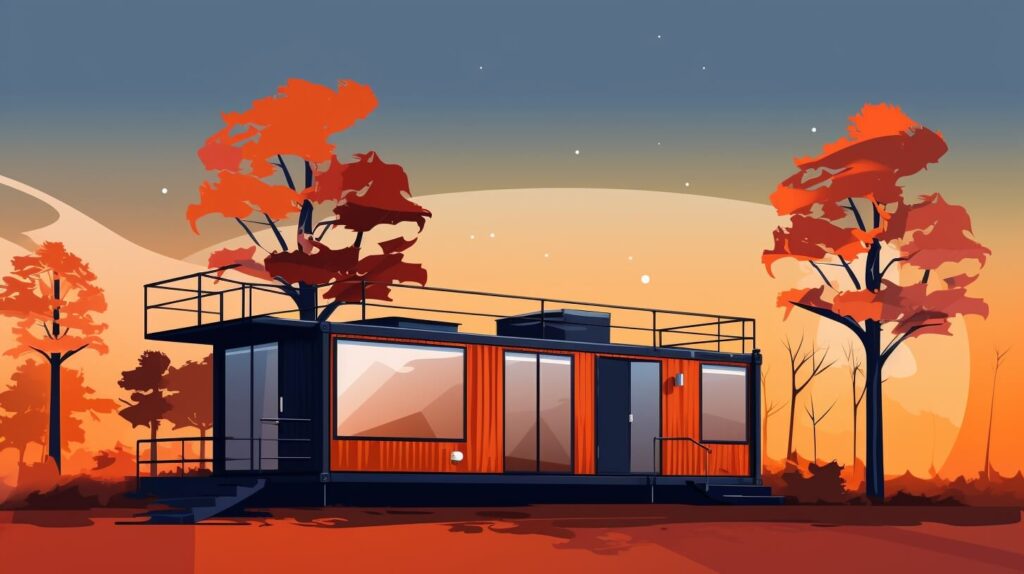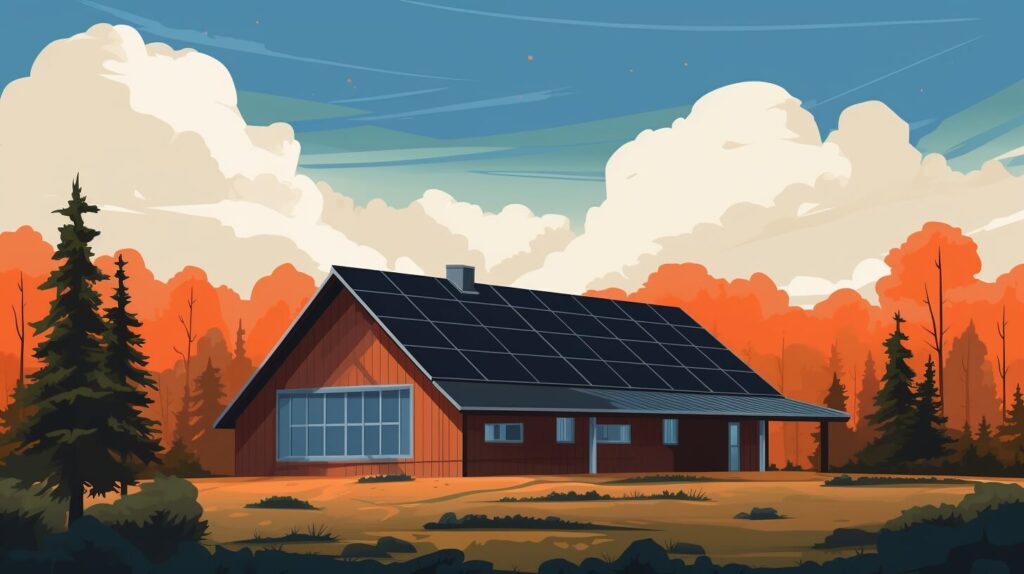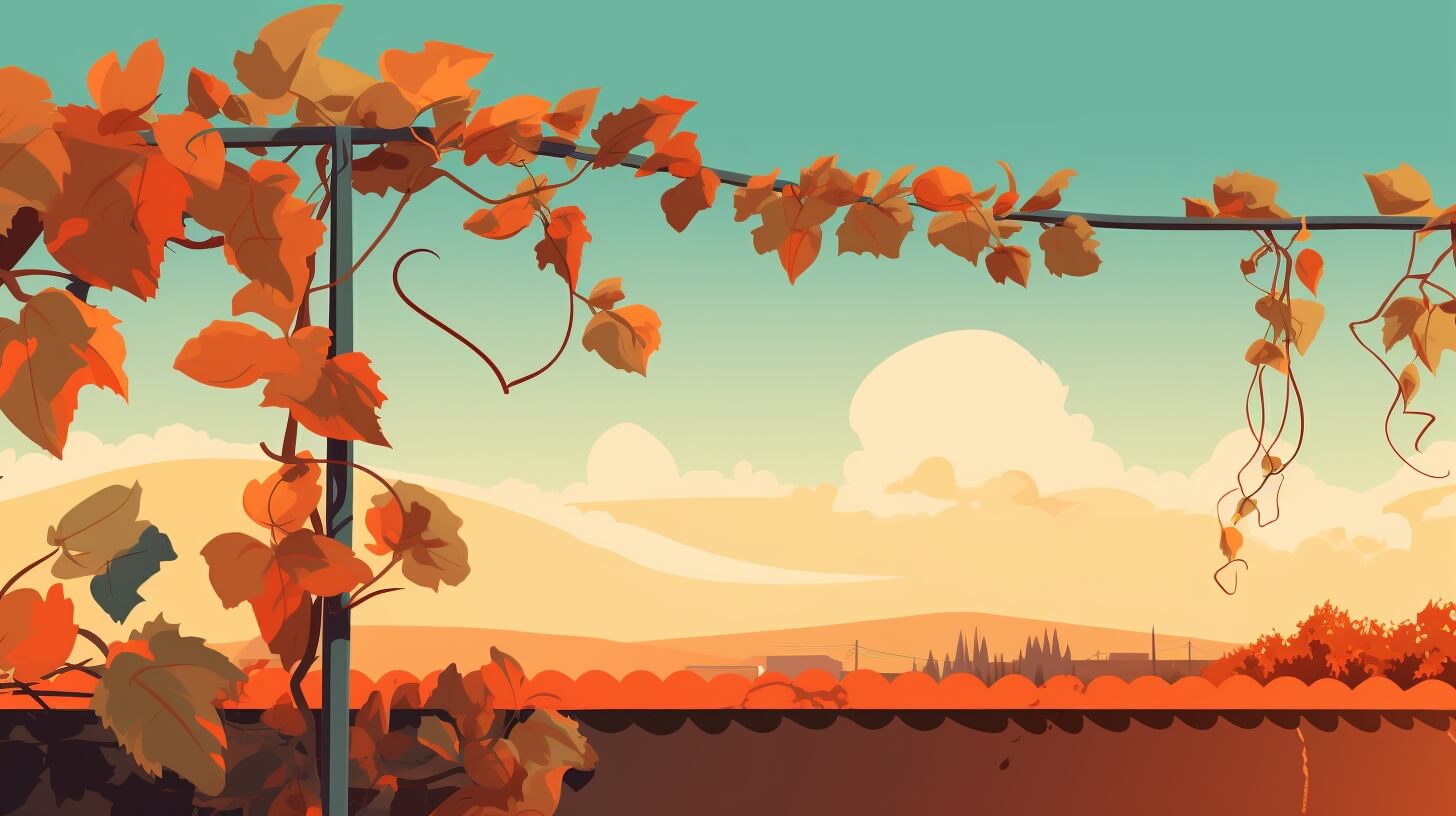
We are reader-supported. When you buy through links on our site, we may earn an affiliate commission.
A living wall is gaining steam as a biophilic home design element. Embellishing a wall with vegetation brings nature in, promoting good mental health. Green is a relaxing hue, helping lower stress levels. Plants filter out pollutants from the air, cool the surroundings, and dampen unpleasant noise. Aromatics freshen up spaces and keep pests at bay.
Consider these four ideas to build an inviting live green wall.
1. Display a Mossy Artwork
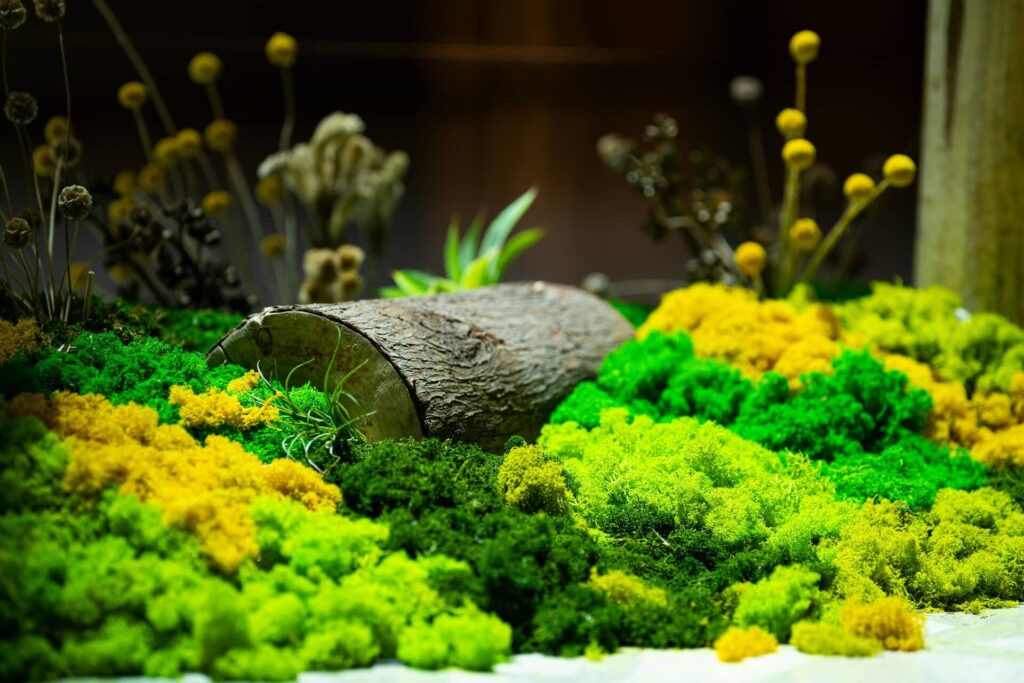
Preserved moss is natural moss harvested and processed for decorative purposes. Living moss is a nuisance, whose reputation as a safety hazard and building material contaminant overshadows its charm.
Preserving moss after removing it from its environment prevents it from spreading spores through the air and reappearing in unwanted areas without decaying. When this peculiar plant stops reproducing and aging, it becomes a low-maintenance artistic piece. Its lush green color and velvety texture bring more character to a room needing aesthetic oomph.
You can preserve moss at home or buy the commercially processed kind. Either way, it can last for many years. Although this ornament doesn’t offer the benefits of live plants, it doesn’t require care outside of occasional dusting.
If your space has a preexisting focal point, hang a framed preserved moss to complement it. If an area lacks a clear center of attraction, create a statement wall with this naturalistic element to draw attention. Mixing preserved moss with air plants in a frame is one of the most ingenious living room wall decor ideas. This mossy artwork adds life and a splash of color to your social space.
Air plants don’t need soil for sustenance. Instead, they gather water and nutrients from the air for nourishment. Some air plants require more care than others. The bulbous varieties, Tectorum Ecuador, and Tillandsia magnusiana make excellent living wall plants, as they only need misting.
2. Build a Vertical Herb Garden
An indoor vertical herb garden supplies you with organic, healthy ingredients. This practical living wall idea can elevate your cooking and encourage you to prepare meals at home.
Most shallow-rooted herbs only need at least 6 inches of soil depth to thrive. The best options are basil, chives, mint, oregano, and thyme because they have shallow roots and are perennial plants. Perennial herbs require no fertilization — one less maintenance task to deal with.
Edible gardens need regular exposure to sunlight to flourish. Although any sunny spot at home works, the kitchen is a natural location for your crops. Aromatic plants fill the kitchen air with fragrant smells, which many insects hate. Growing perennial herbs involves no chemical fertilizers, so no risk of contamination or poisoning when preparing food.

Sync up your cooking with each plant’s growth pattern and yield. Pruning is vital in herb gardening, so regularly harvesting edible parts promotes bushy growth and prevents legginess.
You can plant them in narrow containers or small pots with proper drainage. Then, place them on rows of shelves, mount them onto the wall with clippers, or hook them onto rods. A tall green wall of herbs looks soothing but can be challenging to maintain. Ensure your potted plants are reachable to keep their soil moist through misting.
3. Create Yard Enclosures With Vegetated Structures
Vertical gardens revitalize landscape design. They can balance the visual weight of different yard elements, promoting symmetry and harmony. A plant that rhythmically reappears on every green wall is a motif that underscores cohesion and unity. An accent vegetated structure draws the eye to a specific feature, highlighting the landscape’s focal point.
Using living walls to define outdoor space stylishly divides your yard into distinct zones. Green walls with shrubbery are rarely identical, but they only need to be similar enough to ease the transition from one area to another.
The foliage of vines crawling through a trellis attached to a pergola can raise privacy around the patio. Live green walls can demarcate the boundaries of a game court, helping muffle the noise from the action and cool the playing area.
Living walls make good fencing for an auxiliary dwelling unit. Installing a barrier to separate two living areas promotes autonomy, which is essential if you rent out the outbuilding to help pay down your mortgage or have a multigenerational property.
Staking lattice panels covered with vegetation to delineate the borders of both homes can be more budget-friendly and less time-consuming than growing hedges. Integrate an arbor into the green fence to mark the entrance and exit to the secondary residence.
4. Install a Self-Watering Live Green Wall
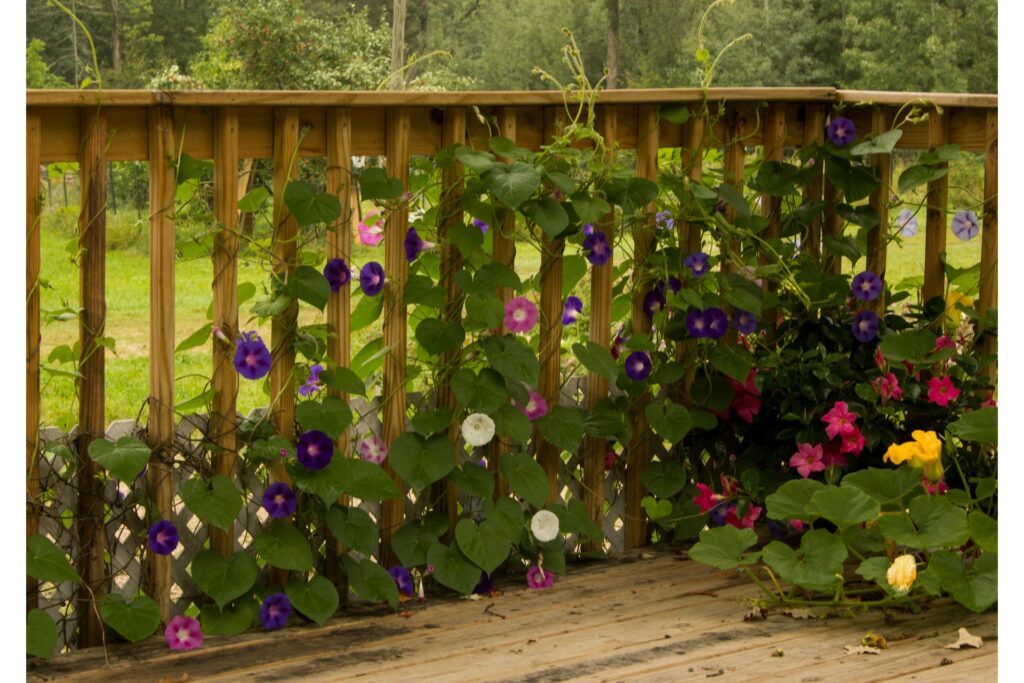
Self-watering vertical gardens solve the challenge of keeping floor-to-ceiling live green walls well-hydrated. They use mechanisms based on capillary action or gravity to deliver water from a reservoir to plants’ roots through the soil or a wick without constant effort and attention. These planters prevent overwatering using various indicators, like overflow holes.
These self-irrigating vertical gardens come in different shapes and sizes. Many water vegetation support automation using sensors, timers, and controllers. Recirculating irrigation systems use a pump to water every living wall plant using tubes.
These living walls are perfect for urban farmers who want to grow thirsty crops but have minimal spare time for plant care. Shallow-rooted vegetables generally require frequent irrigation because they can only source water near the soil’s surface. Building or setting up a self-watering green wall lets you grow onions, garlic, leafy greens, and radishes in tight spaces, such as balconies, kitchen alcoves, and butler’s pantries.
Self-watering living walls are suitable for indoor and outdoor use. Passive systems irrigate plants using natural forces, so they operate without power and don’t pose any electrical hazard.
A manufactured vertical garden with irrigation capabilities can be expensive. If you’re on a tight budget, consider building one from scratch. To minimize costs, you can create a functional passive self-watering living wall with recycled materials, such as pallets as frames and plastic pots as planters.
Maximize a Living Wall to Improve Your Lifestyle
A live green wall increases your home maintenance duties, but it’s a net positive. Draw inspiration from these four ideas to enhance your space’s beauty and functionality.

